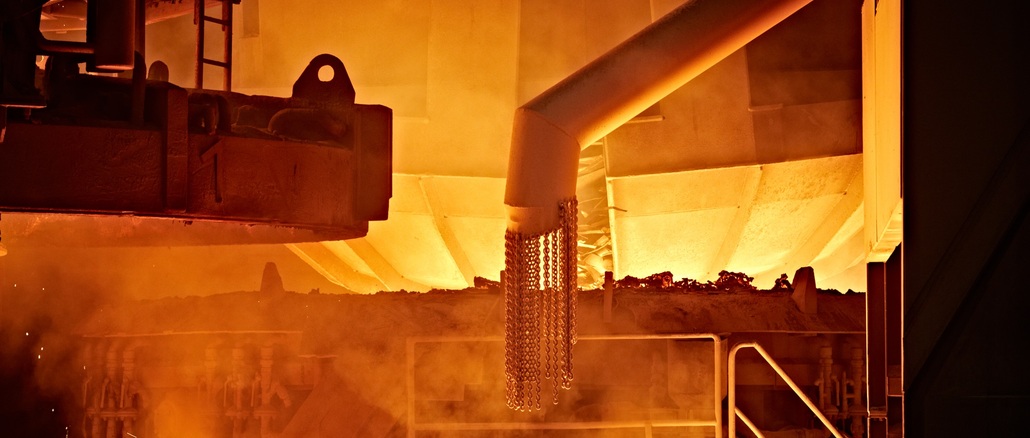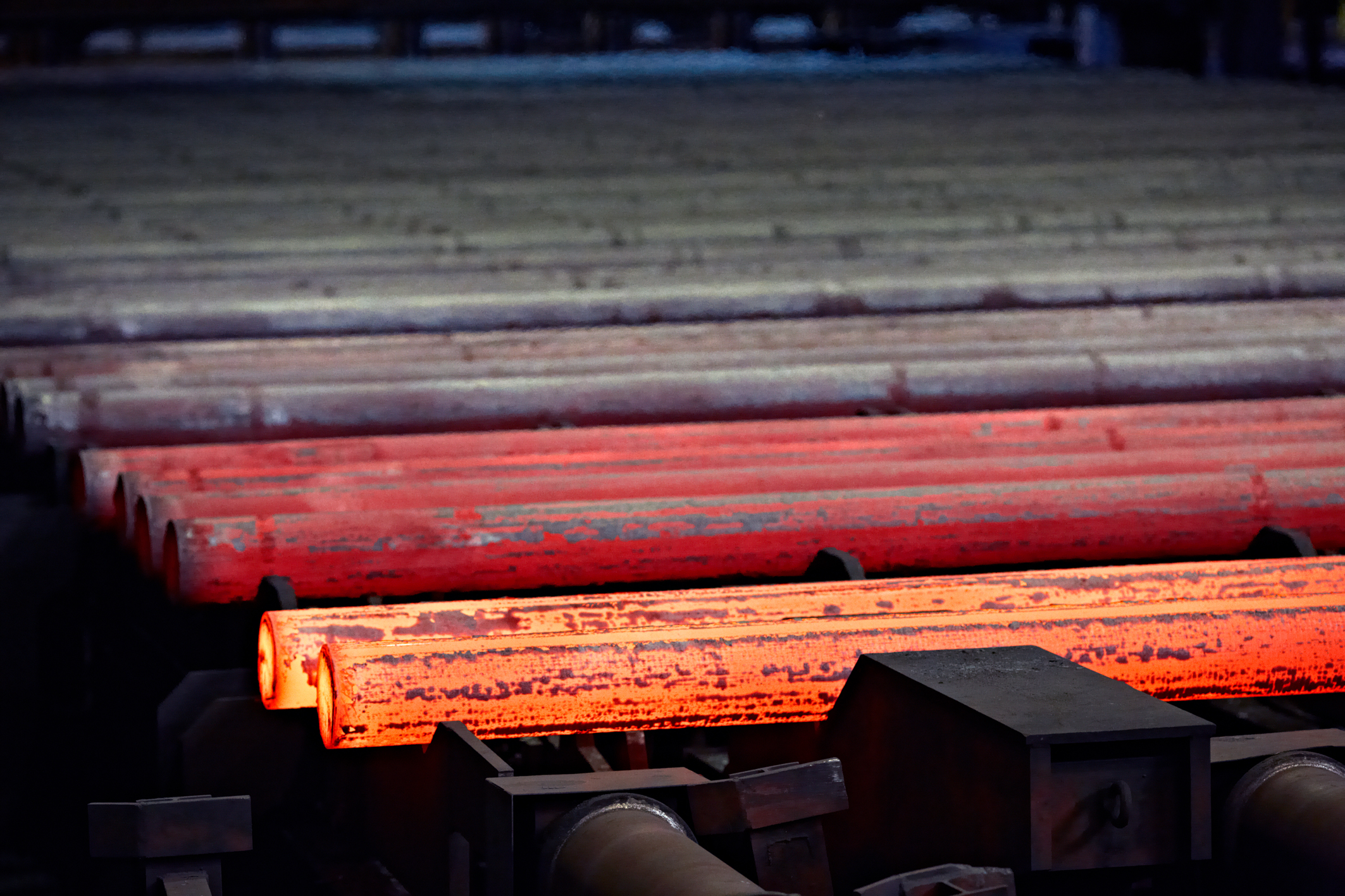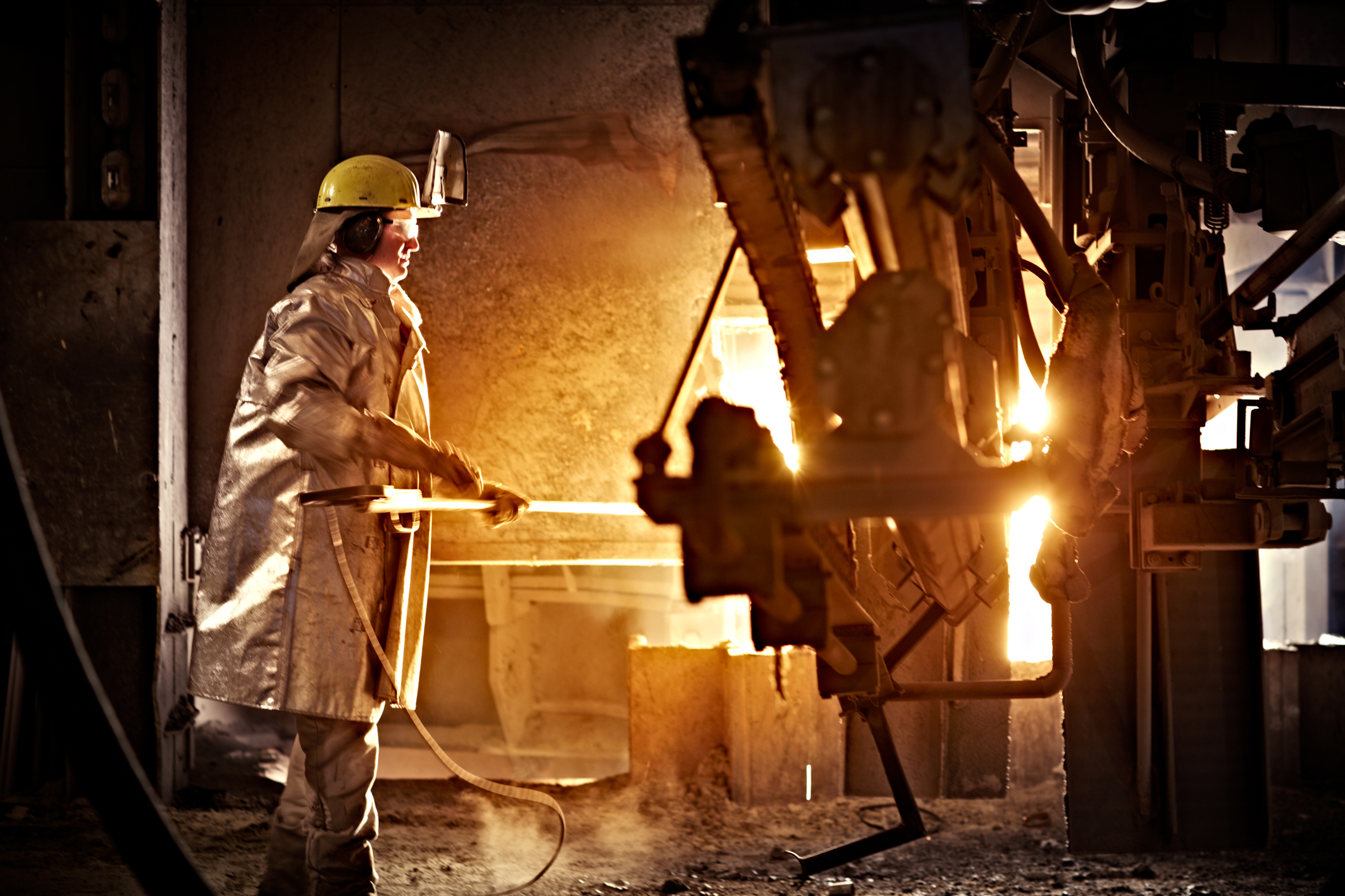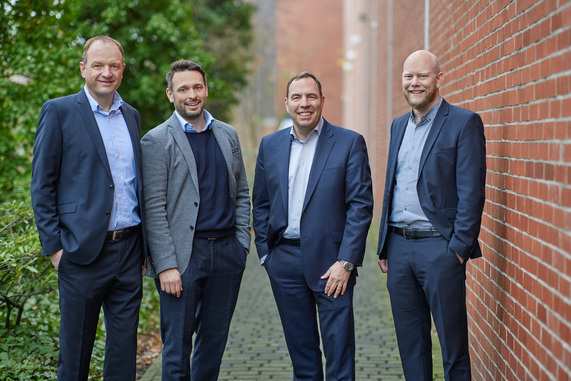
The current geopolitical and economic crises are increasingly pushing one topic into the background of public discussion: climate change. But if the EU’s international climate targets are still to be met by 2050, swift action is needed. In addition, the current energy debate shows that a rethink is needed with regard to energy use – in industry as well.
Green steel is seen as crucial to the path to a sustainable steel industry. But how do you make green steel? This is the challenge facing many manufacturing companies in the steel industry. One important step towards this goal is electric steel produced with low CO2 emissions. Benteler Steel/Tube, headquartered in Paderborn, Germany, is considered a leader in its production.

© Benteler
CO2-reduced electric steel production in Emsland
The Steel/Tube Division of metal process specialist Benteler has long been committed to sustainable steel production. The company has been operating an electric steel mill in Lingen, Lower Saxony, since 1974. Here, Benteler produces CO2-reduced steel in an electric arc furnace, which is processed into seamless tubes at the hot tube mills in Dinslaken and Schloss Neuhaus.
For electric steel production, the plant uses only steel scrap, which is recycled and thus becomes part of a more ecological circular economy. The advantages: This material is not only available in large quantities and good qualities, but also has a low “carbon footprint” thanks to its recyclability.
Electric steel production generates over 75 percent less CO2
This is now also confirmed by the first PCF certifications by the environmental auditors from GUTcert (PCF = Product Carbon Footprint). The carbon footprint for products includes the CO2 emissions emitted along the value chain from raw material extraction to production and provision of the finished product to the customer (“cradle to gate”).
The independent studies – specifically for a steel slab in a low-alloy grade – showed that steel production in the electric arc furnace saves more than 75 percent in CO2 emissions compared with the usual blast furnace route. Consequently, conventional blast furnace production, which involves burning coking coal, produces more than four times the emissions. By using renewable energies, CO2 emissions from electric steel production can even be halved again.

© Benteler
Certification for seamless CO2-reduced pipes
In addition to the electrical steel from the Lingen mill, GUTcert has also certified the first tubes made from it: A hot-rolled pipe produced at the Schloss Neuhaus plant and a cold-drawn precision steel pipe. With steel from the blast furnace, emissions would be many times higher.
These verified emissions statements enable Benteler to provide its customers with independently verified information on the sustainability of its products. Customers can thus include the certified emission values in their own carbon footprint. Benteler thus also supports its customers in achieving their own sustainability goals and therefore plans to further advance the certification of its product range in the long term.
Next step: CO2 neutrality by 2045
On the way to sustainable steel and tube production, these are important steps that put Benteler Steel/Tube in a good starting position for the next two major goals: Halving CO2 emissions by 2030 and CO2 neutrality by 2045. To achieve this, the Steel/Tube Division launched the “Green Tubes” program in 2020, which focuses on CO2 reduction in tube production. This is done in steps and distinguishes between direct, indirect and emissions from upstream processes – essentially purchased goods. Accordingly, direct emissions generated during production (Scope 1) are to become CO2-neutral as early as 2030. The same applies to indirect emissions resulting from the purchase of energy (Scope 2). Emissions generated on the procurement side (Scope 3) are initially to be reduced by 30 percent by 2030. From 2045, both the supply chains and the production and products are then to be completely CO2 neutral.
As a member of the “Carbon Reduced Tubes & Pipes” association initiative of the Wirtschaftsvereinigung Stahlrohre (German Steel Tubes Association), the Steel/Tube Division has also committed itself to initiating and implementing the “Road to CO2-neutral Steel Tubes”. Together with the other participants, the company intends to exploit synergies in order to systematically and efficiently reduce the CO2 emissions of its products.
How does Benteler intend to achieve this? Among other things, by using CO2-reduced starting material for welded pipes and electricity from renewable energy sources. Benteler has already begun converting its plants throughout the Group to green power. Since last year, for example, all Spanish automotive plants have been powered by renewable energies. The other works will follow step by step.
Power supply from renewable energy sources critical to success
However, there are still challenges to overcome. This is because a sufficient supply of electricity from renewable energy sources at competitive prices is critical to success in achieving these goals. This also includes the necessary infrastructure. In addition to green electricity, green hydrogen is also playing an increasingly important role. Benteler intends to use the latter to replace gas-fired furnaces for heat treatment with more climate-friendly “H2 Ready Burners”. But the production of green hydrogen also requires electricity from renewable sources. This means that the demand for green power will increase massively, both at Benteler and throughout industry. Experts predict that about 600 gigawatts of installed renewable energy capacity will be needed by 2045. In 2021, the figure was just 140 gigawatts.
In order to supply industry with sufficient green hydrogen, infrastructure problems must also be solved. Currently, there is neither a nationwide transport network for hydrogen, nor is it already foreseeable which regions will be connected to such a pipeline network in the future. However, companies need planning certainty for the transformation.

© Benteler
Transformation requires innovations and support from politics
For a successful transformation, the industry will therefore be dependent on support from politicians and energy suppliers in the coming years.
Benteler also wants to make its contribution to the development of hydrogen distribution networks and has developed special seamless, hot-rolled line pipes – Benteler Hyresist – to support the development of a hydrogen infrastructure.
Benteler has proven its innovative strength time and again in the past. In addition to its own transformation, the metal process specialist thus also wants to support other companies from industry and the mobility sector in achieving their own sustainability goals. For its commitment, Benteler Steel/Tube was awarded the silver medal in the EcoVadis sustainability rating in June 2022. This places the company among the top 25 percent of certified companies in the category “Production of pig iron and steel” – an appreciation of its commitment to date and motivation for further steps on the way to green steel production.
Author:
Thomas Begemann, Benteler Steel/Tube



